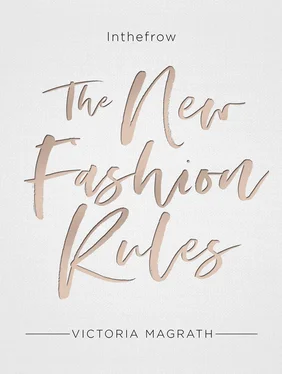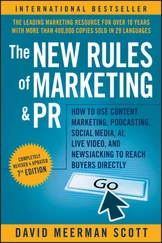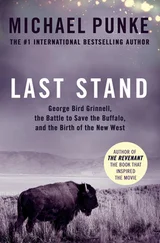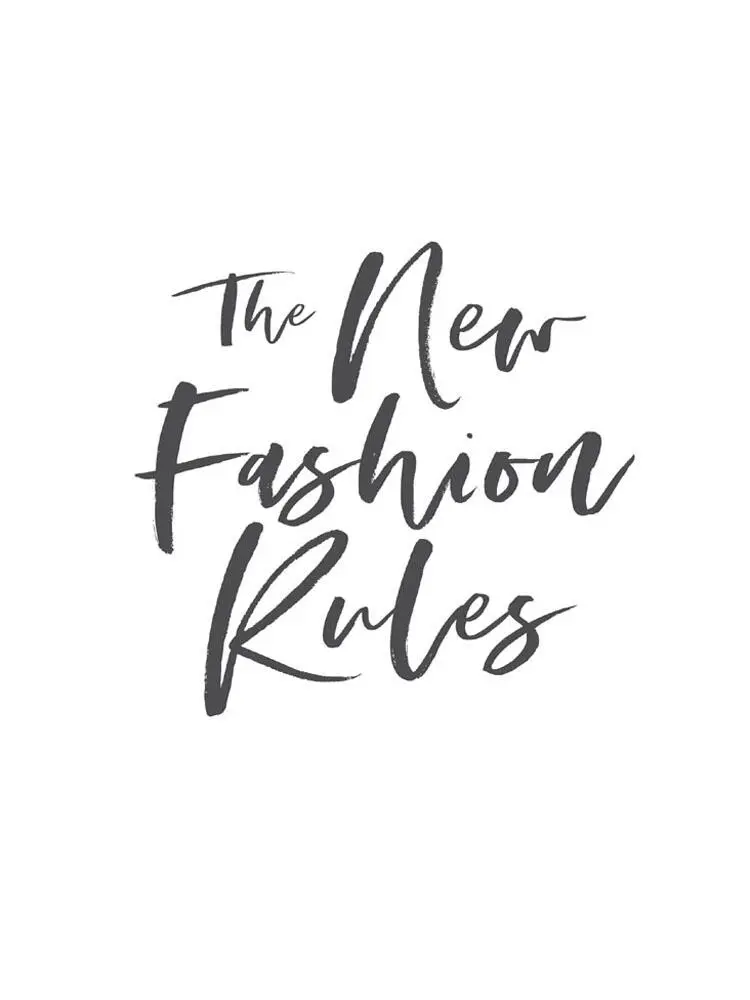
Copyright
HarperCollins Publishers
1 London Bridge Street
London SE1 9GF
www.harpercollins.co.uk
First published by HarperCollins Publishers 2018
FIRST EDITION
© Victoria Magrath 2018
Illustrations © Judith van den Hoek 2018
Cover design by Claire Ward © HarperCollins Publishers 2018
A catalogue record of this book is available from the British Library
Victoria Magrath asserts the moral right to be identified as the author of this work
All rights reserved under International and Pan-American Copyright Conventions. By payment of the required fees, you have been granted the nonexclusive, non-transferable right to access and read the text of this e-book on screen. No part of this text may be reproduced, transmitted, downloaded, decompiled, reverse engineered, or stored in or introduced into any information storage retrieval system, in any form or by any means, whether electronic or mechanical, now known or hereinafter invented, without the express written permission of HarperCollins e-books.
While every effort has been made to trace the owners of copyright material produced herein and secure permissions, the publishers would like to apologise for any omissions and will be pleased to incorporate missing acknowledgements in any future edition of this book.
Find out about HarperCollins and the environment at www.harpercollins.co.uk/green
Source ISBN: 9780008305550
Ebook Edition © November 2018 ISBN: 9780008305567
Version 2018-10-23
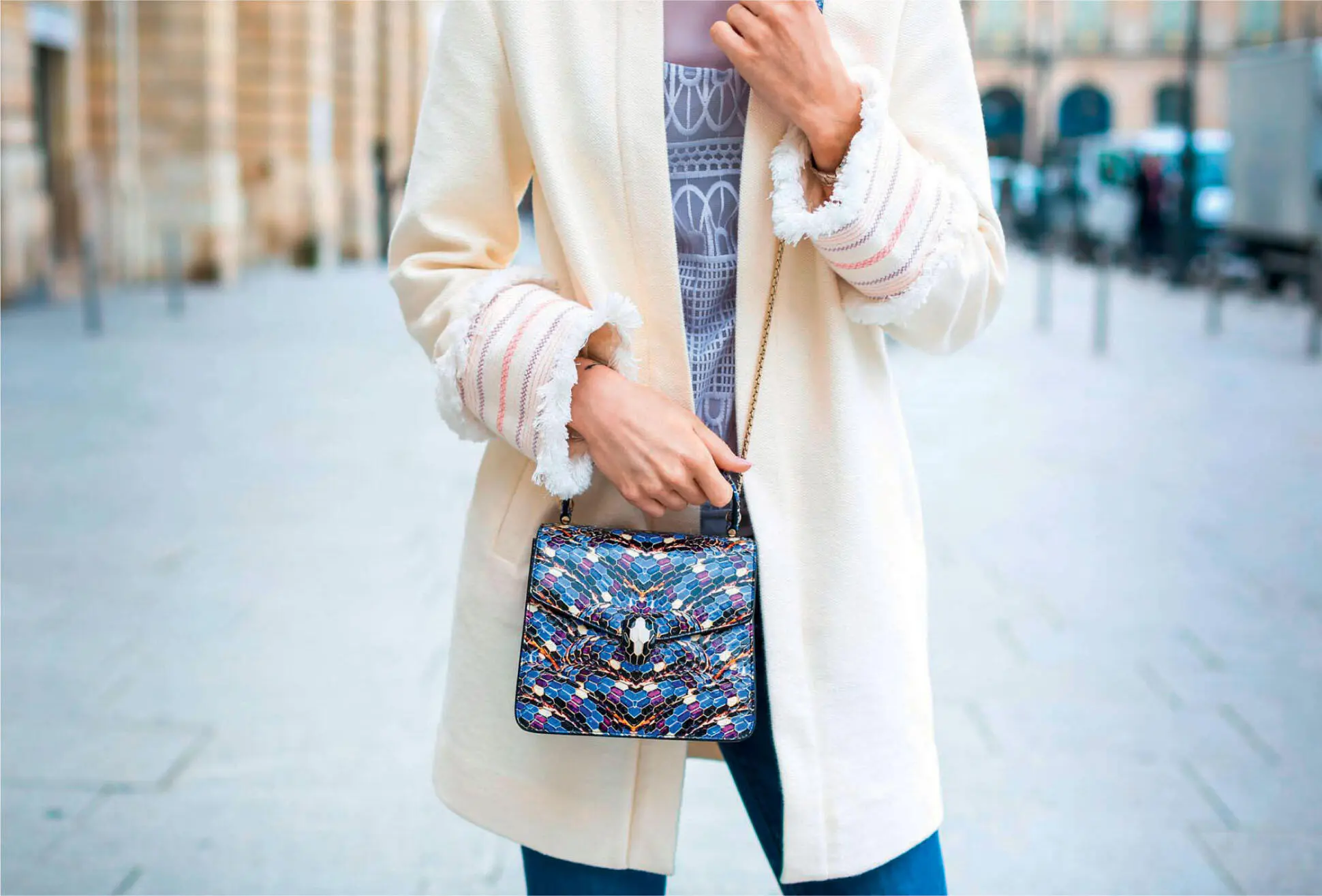
(@harrison)
Dedication
For the fashion students, the enthusiasts, the creatives,
the bosses, the marketers, the online shoppers, the
clothing admirers, the fashion show attendees, the writers
and the devoted fans of the fashion world.
Your passion is my passion. This one’s for you.
(@harrison)

(@harrison)
(@inthefrow)
(@harrison)
Contents
Cover
Title page
Copyright
Dedication
Introduction
Rule 1: Be accessible and easy to find
1. Get ready to shop the globe
2. ASOS changes the online shopping game
3. Net-A-Porter rides the dotcom boom
4. Luxury for the masses
5. Global connections for the smallest brands
6. Inspiring a love of fashion
7. Retail goes mobile
8. Kate sells out the Burberry trench
9. Michael Kors is first to sponsor an Instagram ad
Rule 2: Be aware of the impacts
10. Death of the high street
11. Fast fashion piles up
12. Continuous sales are killing seasonal trends
13. Siri is stalking our shopping habits
14. Wear it once, resell it tomorrow
15. Alexander Wang sues the counterfeits
Rule 3: Be social
16. The fashion blogging evolution
17. The world gets hashtagged
18. Fashion Pinspiration for the masses
19. Vogue starts a social shopping trend
20. Instagram: the good, the bad and the ugly
21. The creative directors conquer Instagram
22. The clothing-haul obsession
23. The fashion news goes viral
Rule 4: Be culturally aware and diverse
24. Admiring all shapes and sizes
25. #TimesUp
26. A cry for inclusivity and diversity
27. Ban the fur
Rule 5: Be innovative
28. NikeID and the new customisation
29. The fashion catwalk in your bedroom
30. Sophia Amoruso launches Nasty Gal
31. #CastMeMarc
32. Rebecca Minkoff leads the connected-store revolution
33. Virtual models in starring roles
Rule 6: Be the first to adapt
34. Fitness got trendy
35. Netflix merchandise gets hyped
36. The influencers design the collections
37. Cara photobombs the runway
38. The super-bloggers get the gig
39. Burberry redefines the rules of the catwalk
40. Susie bursts the fashion bubble
Last thoughts
Index of searchable terms
Acknowledgements
About the author
About the publisher
Introduction
Who decides what we wear, how we dress and the way we define ourselves through clothing? Is it us? Do we decide our own take on style and self-branding? Or is it our audience, the passer-by in the street, the person in front of us in the coffee queue or our latest follower on Instagram? The rules of the fashion game have changed, and we are all having to learn the new tips, tricks and rules to play it successfully.
We live in a world where the majority dress to fit in with societal norms, and our clothing can offer an insight into our status, character, interests and our sense of what’s appropriate and what’s not. As humans, we have always loved to fit into a group to feel a sense of belonging, but the recent evolution of the Internet has had the most dramatic effect on the way we dress today. It has transformed the way fashion is worn, consumed, sold and produced. The majority of us no longer buy clothing for our own personal enjoyment alone, but for the admiration of those who observe or follow us.

Online fashion retailing has fascinated me since it was kicked up a notch in the early 2000s. I studied for my fashion retail degree at the University of Manchester in 2007 and although online shopping was rising in popularity, lots of people were still dubious that it would ever stick. I was sitting in a branding lecture while my lecturer scoffed at the idea that people would ever risk buying such tactile items on their computer. She believed that buying clothing online would never take off, but I was already seeing a trend: brands were increasingly developing online stores and I knew it was only a matter of time before more people tried it out for themselves.
Before I had finished my degree, mobile-retailing was already a realistic proposition and within a small space of time, the thought of shopping on my mobile became somewhat normal. Retailers not only had an online store to sell their products globally, but they could now promote and sell them from every mobile phone in the world. The question at that point was how exactly could a brand entice people to buy from their mobile app, and what could they do to enhance their customers’ enjoyment and experience? I was intrigued, so I started a three-year PhD to answer that very question.
My thesis investigated the purchasing decisions, behaviours and emotions of the fashion consumer shopping on mobile apps. After three fun and interesting years, I graduated, added ‘Dr’ to my title and found out that mobile retailing would actually be far more lucrative and essential for retailers than we had initially expected (among a lot of other things, of course, but we don’t have all day). But my findings were borne out over the following eight years, backed up by stats published in 2017, stating that 58 per cent of ASOS’s sales came from mobile purchases, and 70 per cent of their web traffic came via mobile. I’m guessing their mobile site was pretty great … they must have read my PhD. *I’m joking.*
(@inthefrow)
Читать дальше
